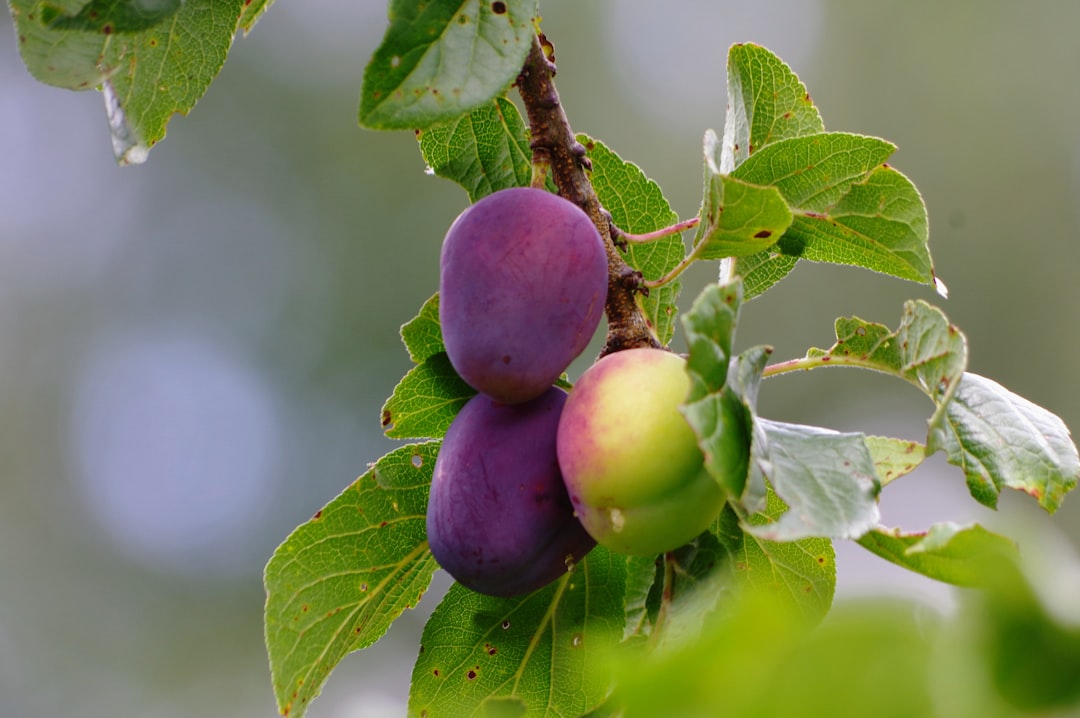The Hidden Gem of Water Gardens: Thalia

In the realm of landscaping, there exists a plant that combines beauty, resilience, and functionality. This plant is Thalia, also known as the hardy water canna. It is a fast - growing water plant that has become a favorite among gardeners, especially those designing ponds and rain gardens.
Thalia is a remarkable addition to any water garden. Its appearance is truly captivating. The plant features large, lush leaves that have a unique texture and shape. The leaves can range in color from deep green to a more vibrant shade, adding a splash of color to the water landscape. The foliage sways gently with the breeze, creating a serene and peaceful atmosphere around the pond or rain garden.
One of the most significant advantages of Thalia is its fast - growing nature. This means that in a relatively short period, it can fill in empty spaces in the water garden, providing a full and mature look. For gardeners who are eager to see their water gardens come to life quickly, Thalia is an ideal choice. It can establish itself rapidly, even in less - than - perfect conditions, making it a hardy option for various water environments.
When it comes to ponds, Thalia plays multiple roles. Firstly, it serves as an excellent aesthetic element. The tall and elegant form of the plant adds vertical interest to the pond, breaking up the flat surface of the water. It can be planted along the edges of the pond or in small clusters in the middle, creating a visually appealing composition. Secondly, Thalia helps to maintain the ecological balance of the pond. It provides shelter for small aquatic creatures such as fish and frogs. These animals can hide among the leaves, protecting themselves from predators and harsh weather conditions. Additionally, the plant absorbs nutrients from the water, helping to reduce algae growth and keep the water clean and clear.
Rain gardens are another area where Thalia truly shines. Rain gardens are designed to capture and filter rainwater runoff, preventing it from flowing into storm drains and causing pollution. Thalia's extensive root system is highly effective at absorbing excess water and filtering out pollutants. The roots hold the soil in place, preventing erosion and ensuring that the rain garden remains stable. Moreover, the plant's ability to grow quickly means that it can cover the ground in the rain garden, reducing the amount of bare soil exposed to the elements.
Planting Thalia is relatively straightforward. It prefers full sun to partial shade, so it is important to choose a location in the water garden that receives an appropriate amount of sunlight. The plant can be planted in containers filled with aquatic soil and then submerged in the water. It is also possible to plant it directly in the pond or rain garden soil, as long as the soil is rich and moist. Regular watering is essential, especially during the initial growth period, to help the plant establish a strong root system.
Maintenance of Thalia is also relatively easy. Dead or damaged leaves should be removed regularly to keep the plant looking its best. In the winter, in colder climates, the plant may die back to the ground. However, it will usually regrow in the spring. Gardeners can choose to leave the dead foliage in place over the winter to provide some protection for the roots, or they can cut it back and mulch around the base of the plant.
In conclusion, Thalia is a versatile and valuable plant for landscaping, particularly in water gardens and rain gardens. Its fast - growing nature, beautiful appearance, and ecological benefits make it a top choice for both novice and experienced gardeners. Whether you are looking to create a peaceful pond oasis or an environmentally friendly rain garden, Thalia is sure to enhance the beauty and functionality of your landscape.